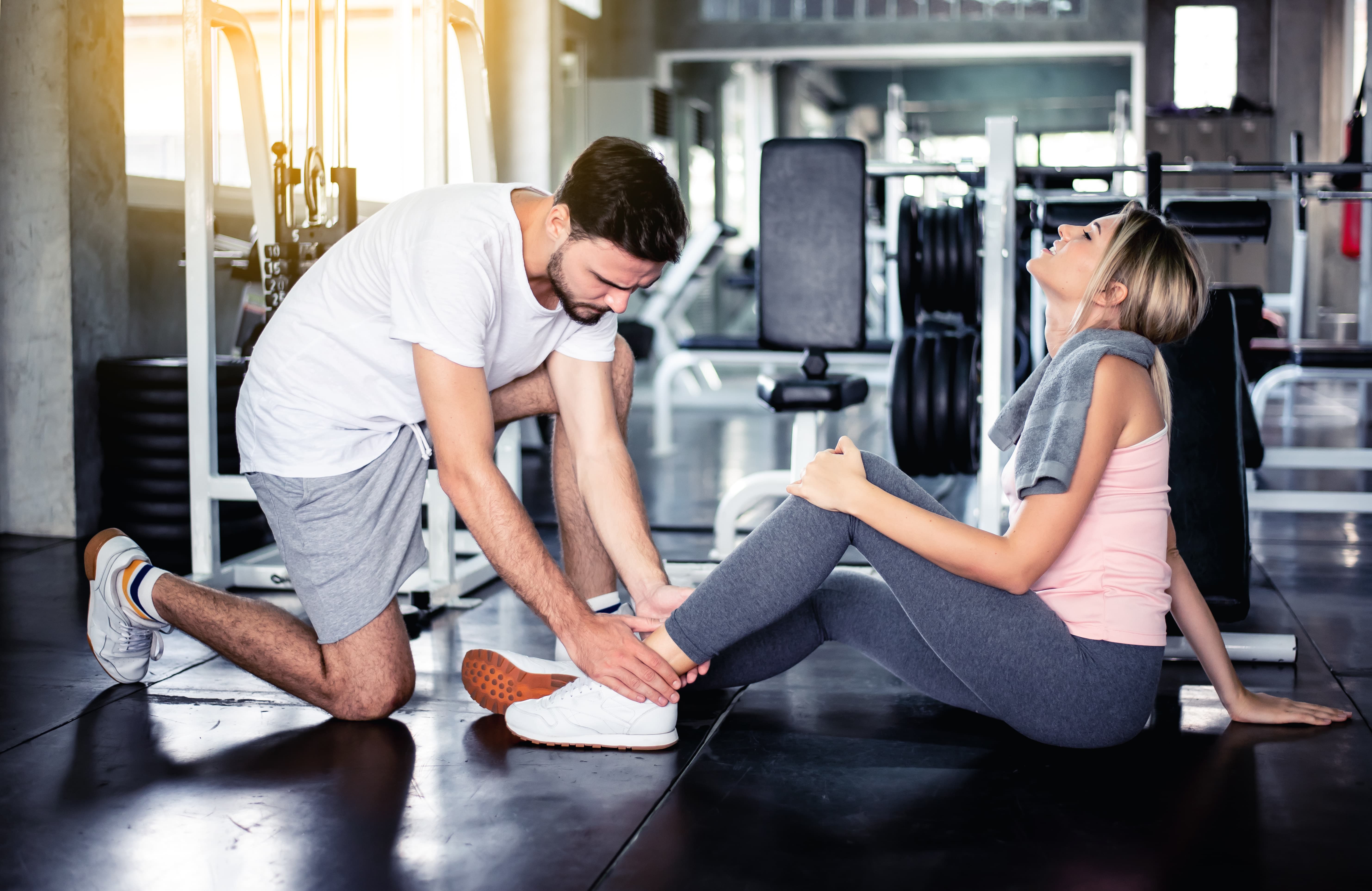Young athletes benefit a lot from playing sports at an early age. Participating in sports and athletics do not only improve physical fitness and coordination, it also teaches children discipline and the value of teamwork.
However, being a young athlete also means being exposed to more risks for injury, especially common sports injuries such as sprains and strains.
Risk of Sports Injury in Kids and Teens
All sports have a risk of injury, but the risk is much greater in young athletes.
A child’s musculoskeletal system is different from that of an adult, and there are physiological factors that put them at a higher risk for injury when playing sports.
“Around the period of peak linear growth, adolescents are vulnerable to injuries because of imbalance in strength and flexibility and changes in the biomechanical properties of bone.
In immature athletes, as bone stiffness increases and resistance to impact diminishes, sudden overload may cause bones to bow or buckle.” – British Medical Bulletin, Sports Injuries in Children
The bones, muscles, tendons, and ligaments of children are still growing, which makes them more susceptible to damage and injury.
Ankle injuries that are likely to cause a sprain in adults can result in a bone fracture in children. Also, young athletes are still developing their strength, coordination, and stamina, so they’re more likely to make mistakes during training.
For these reasons, parents and coaches should always prioritize safety and foster an atmosphere of healthy competition among young athletes.
8 Injury Prevention Tips for Young Athletes
These injury prevention tips can help promote a safe and optimal sports experience for young athletes:
1. Get a Preseason Physical
Young athletes are advised to undergo a sports physical exam before the start of every season.
A pre-season physical will not only help assess whether they’re fit to play but also detect any possible areas of concern that need to be addressed or treated to prevent further injury.
2. Don’t Skip the Warm Up
Sports put a lot of strain on the body, even more so when you’re training for several hours almost every day.
That being said, it’s essential for athletes to warm up before games and practices. Aerobic and dynamic stretching exercises help loosen the muscles and prepare them for play.
3. Take Breaks and Time Off
Athletes need enough rest to perform at their best. Training and competing all year round will only lead to burnout and muscle fatigue, increasing the rate of injury.
Parents and coaches should make sure that their young athletes take breaks between practices and have one day off per week.
It’s also important to give them at least a one-month break every year, where they can spend time away from sports and focus on recuperating for the next season.
4. Stay Hydrated
Young athletes, especially those who play outdoor sports, are prone to heat illness during hot and humid days. One of the best ways to beat the heat is to stay hydrated.
Parents and coaches should always make sure that the kids drink plenty of water before, during, and after their activities.
5. Build Muscle Strength
It’s important for young athletes to have a conditioning program that focuses on strength, power, and coordination.
Conditioning exercises strengthen supporting muscles, correct posture, increase mobility, and enhance coordination, which in turn improves performance and plays a crucial role in preventing injuries.
6. Maintain Proper Diet and Nutrition
Maintaining a well-balanced diet helps ensure that young athletes get all the nutrients they need.
Their meals should include plenty of fruits, vegetables, and lean protein and must be eaten at around the same time each day.
7. Use the Right Gear and Techniques
There is a right and wrong way of doing things. It’s critical for young athletes to learn the proper way of executing moves and techniques to avoid putting unnecessary strain on their muscles.
Moreover, all athletes should wear the appropriate protective equipment for their sport.
Helmets, pads, face guards, and mouthpieces play a crucial role in preventing sports injury.
8. Don’t Overdo It
Overuse injuries are one of the most common types of sports injuries, especially among athletes with high or single-sport specialisation.
It happens gradually over time and is often caused by overtraining.
Overuse injuries can be prevented by avoiding sudden increases in load and intensity level when training.
Also, it’s very important to discourage athletes from playing through pain as this may only worsen the injury.
Even after taking all the proper safety measures, it’s still possible for children to get injured while playing sports.
Most sports injuries are minor and can be treated at home using the RICE method (rest, ice, compress, elevate). However, if there is excessive swelling or bone/joint deformities involved, best seek urgent medical or orthopedic care.
About the Author
Dr. Charles R. Kaelin received his medical degree from the University of Louisville, Kentucky, and completed his orthopaedic training at Orlando Regional Center in Orlando, Florida.
Dr. Kaelin also received training in Sports Medicine at Alabama Sports Medicine with Dr. Lemak, specializing in sports medicine and workman’s compensation injuries.
He has been a fellow of the American Academy of Orthopaedic Surgeons (AAOS) since 1990.
He is a charter member of the International Cartilage Research Society, a Founding member of the AAOS Education Enhancement Fund (AAOS), and past editorial board member for the American College of Sports Medicine Health and Fitness Journal.
